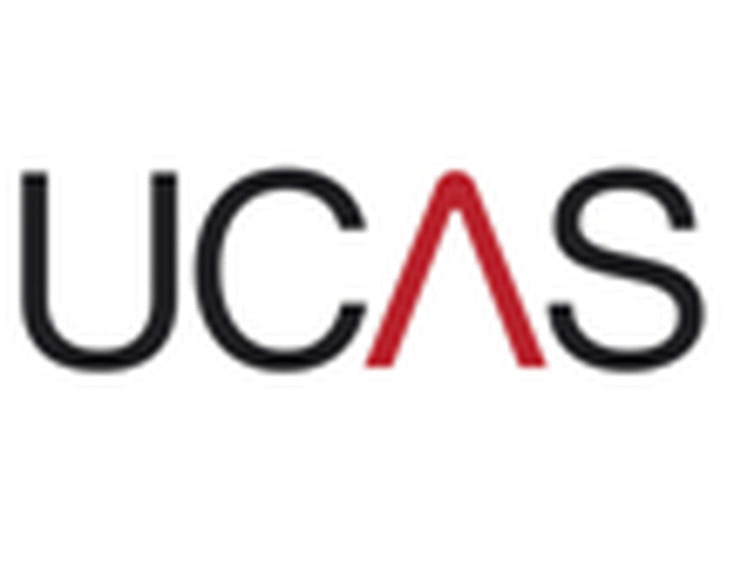‘Conditional unconditional’ offers continue to rise, though students are less likely to accept them

For the first time, over a quarter of 18 year old applicants from England, Northern Ireland, and Wales have received a ‘conditional unconditional’ offer for an undergraduate place. However, they are less likely than ever to accept this type of offer.
In 2019, 64,825 students (25.1% of this group of applicants) received at least one of these offers, which are initially made by the university as conditional, then updated to unconditional if the offer is accepted as the student’s first (firm) choice. This is an increase from 53,355 students in 2018, which represented just over a fifth (20.9%) of the group.
Analysis published in ‘Unconditional Offers – The Applicant Experience’, as part of UCAS’ 2019 End of Cycle Report reveals that applicants are now only marginally more likely to choose a conditional unconditional offer as their firm choice than any other offer. For those applicants holding five offers that include just one conditional unconditional offer, only 20.6% of applicants chose to accept the conditional unconditional. This is down from 25.6% in 2014. Students with higher predicted grades are less likely to accept this type of offer than those with lower predicted grades.
While waiting for their exam results, applicants who held an unconditional firm choice are more likely to feel calmer and less stressed than those holding a conditional firm offer according to over 30,000 survey respondents.
However, as last year, applicants with an unconditional firm choice are more likely to miss their predicted grades. In 2019, 43% of applicants holding a conditional firm offer missed their predicted A level attainment by three or more grades, compared to 57% of applicants holding an unconditional firm.
Highlights from the other chapters published today show:
- 37.7% of 18 year old applicants from England, Northern Ireland, and Wales received an offer with an unconditional component
- record entry rates for English and Welsh 18 year olds, 35% and 29.8% respectively
- an all-time high of 44.5% of 18 year olds from London accepted into higher education
- accepted Chinese students increase by 22%, resulting in non- EU acceptances reaching a record of 45,140
- the entry rate gap between the most and least advantaged to higher tariff universities is now the lowest ever, after narrowing by 8% in 2019
- record entry rates for all POLAR4 groups of UK 18 year olds in 2019
- almost 20% increase in accepted students declaring a mental health condition
- only 58% of UK 18 year olds apply with only A levels, down 1.2% from 2018
- 43% of accepted applicants had a difference of three of more A level points between their predicted and achieved grades, an increase from 38% in 2018. UCAS is actively working with schools, colleges, and universities to improve the accuracy of predicted grades, recently publishing updated good practice guidance and exploring data-driven models to support advisers with their predictions
Detailed analysis can be found in the chapters published today, with all statistics included in our new interactive dashboard, allowing users to visualise and tailor the reporting to their own specifications.
Clare Marchant, UCAS’ Chief Executive, said,
‘ Students are considering their offers more carefully than ever, with the type of offer they receive having less of an impact than before. Our advice to students is to always think about what’s most important for them when deciding which offers to accept.
‘Unconditional offers remain a complex issue and our new insight will further inform the dialogue, forming a crucial contribution to the current admissions practice reviews . Their impact on attainment needs to be highlighted, though this must be seen alongside their role in widening participation activities and benefits to students’ mental health.
‘Most regional entry rates across the country have increased, with many now at record levels. The enduring appeal of studying in the UK is clear globally too, as the number of international students from outside the EU exceeds 45,000 for the first time.
‘It is particularly encouraging to see record entry rates of disadvantaged students starting university, and the equality gap at higher tariff narrow by a record 8% since last year. When looking at today’s numbers, we must remember that there are a variety of routes for young people today, with apprenticeships and technical education increasingly popular options. The new UCAS Hub can provide everyone with personalised and relevant information on the many choices available.’
Nicola Dandridge, chief executive of the OfS, said:
‘Unconditional offers have a place in university admissions. But we remain concerned by the continuing rise in so-called ‘conditional unconditional’ offers, which risk pressuring students’ into making decisions that may not be in their best interests. Happily, today’s data suggests that students are becoming increasingly cautious about being influenced by such admissions practices.
‘Ultimately, our primary concern is that students are enabled to make the right decisions for them. So if – as appears to be the case – they are increasingly looking beyond the promise of an unconditional offer when weighing up what is important to them, this is a positive development.
‘The fact that those students with the highest predicted grades are even less likely to accept these offers suggests that if universities’ motivation is to reward high performing applicants, it is not working.’
Chris Millward, Director for Fair Access and Participation at the OfS, added:
‘It is great to see that young people from the most disadvantaged backgrounds are now more likely than ever to get in to our universities, especially those with the highest entry requirements where gaps have consistently been the widest. We must not, though, lose sight of the fact that these gaps remain stark, and we are expecting greater ambition to address this during the coming years.’











Responses